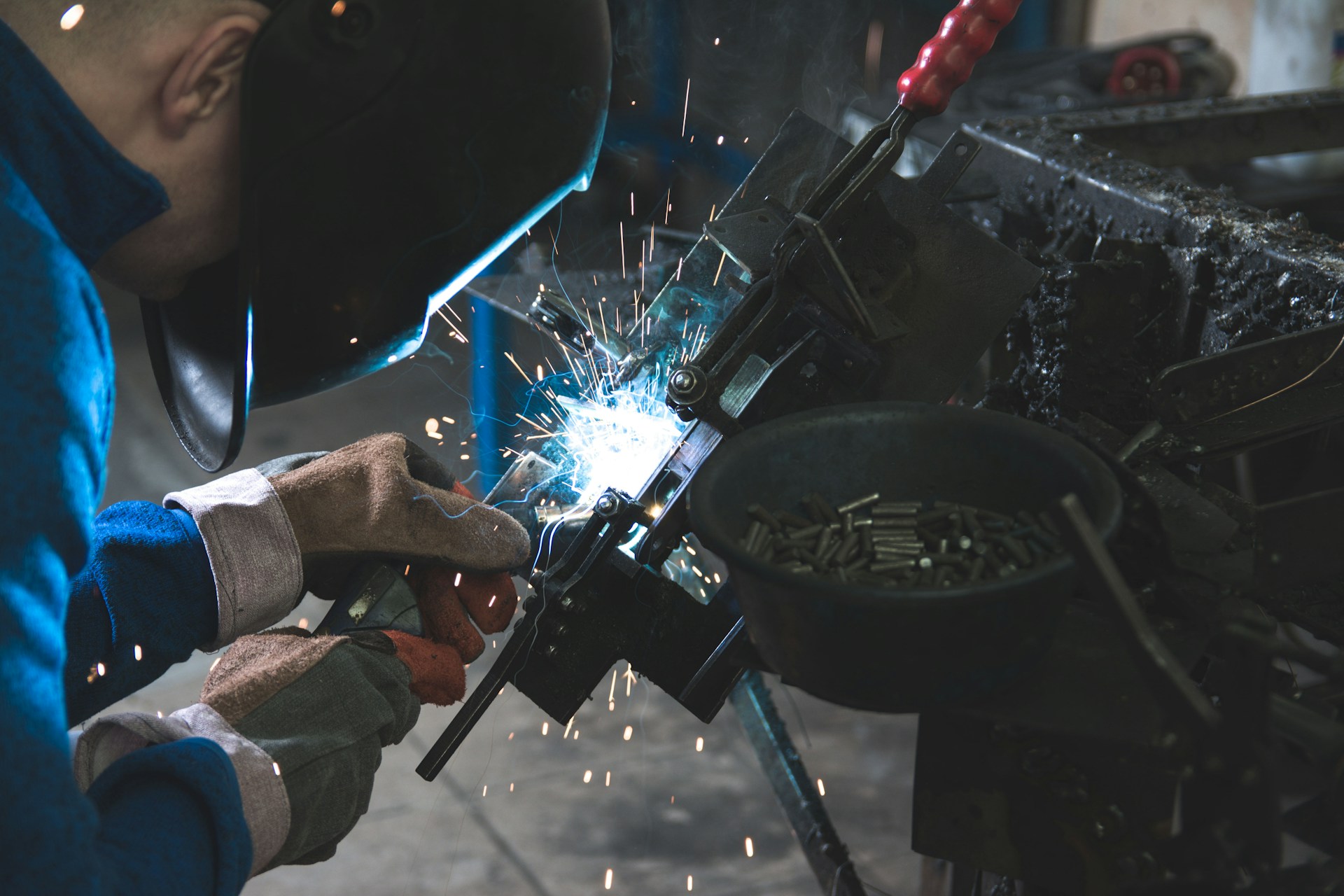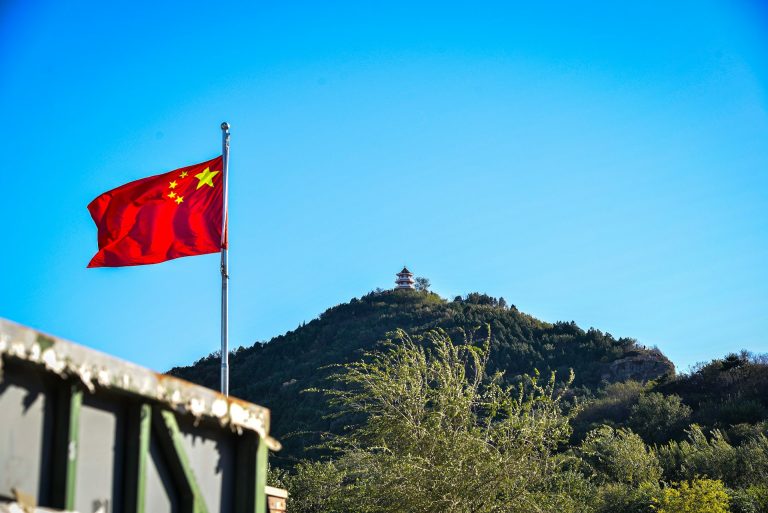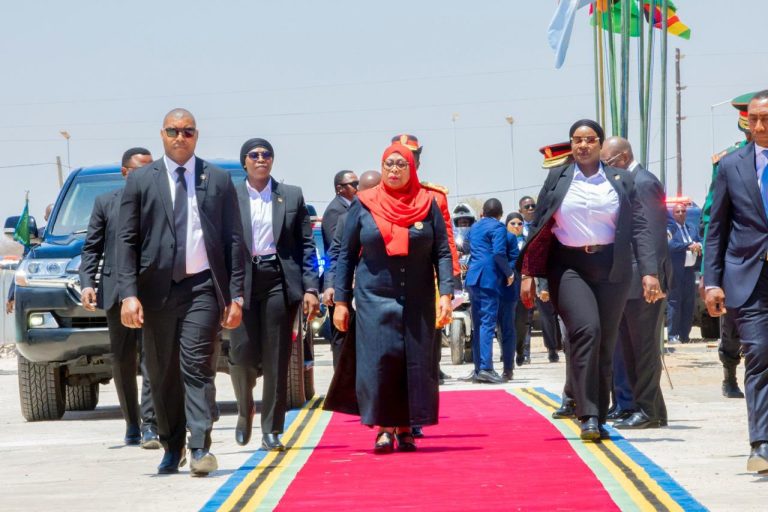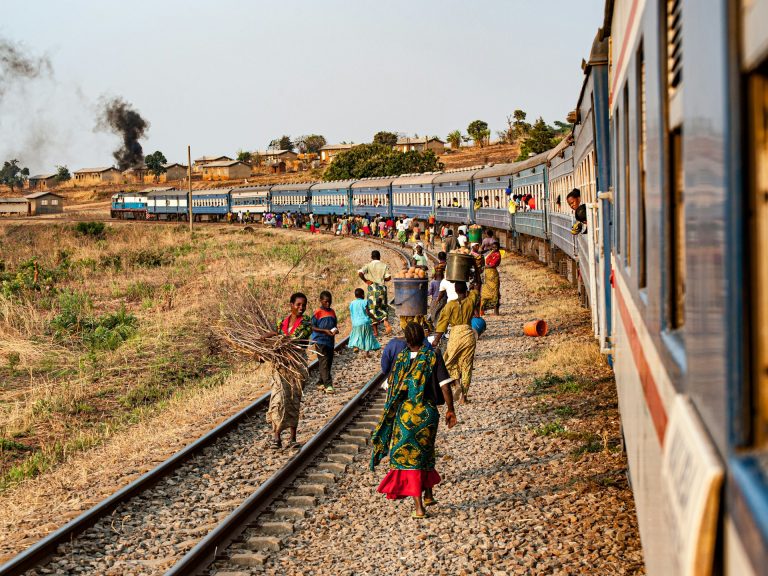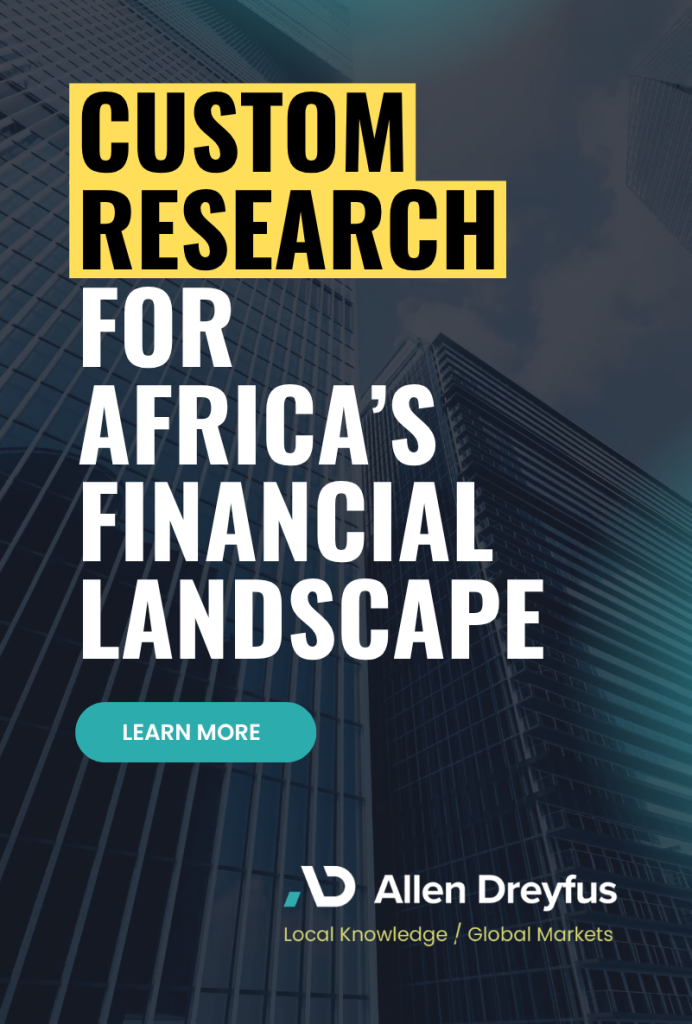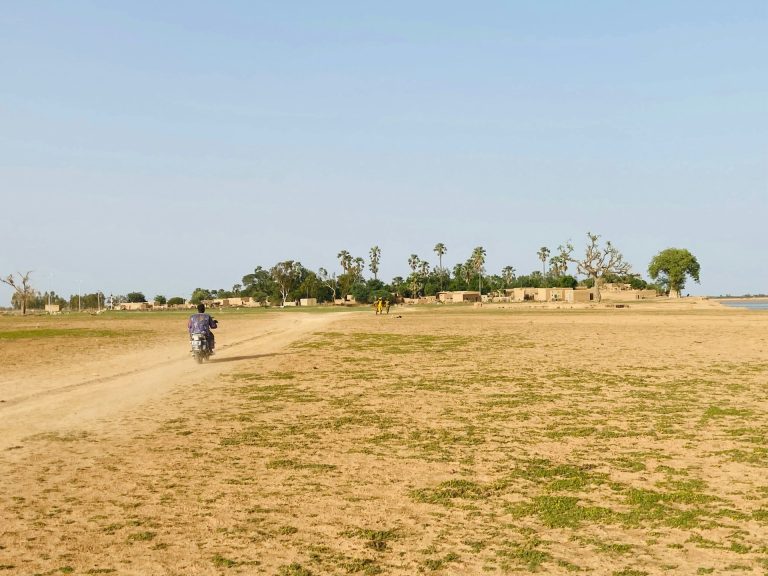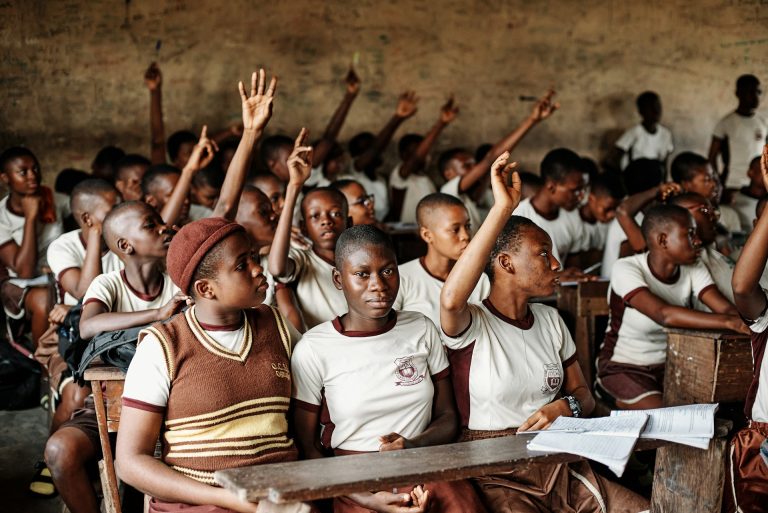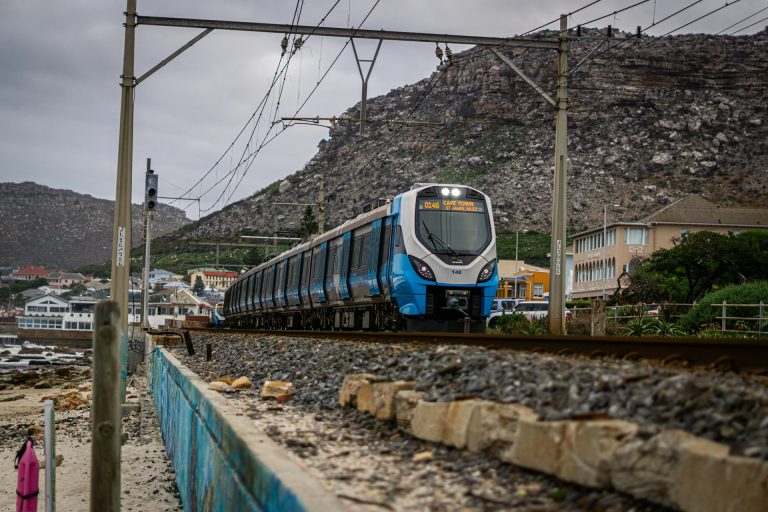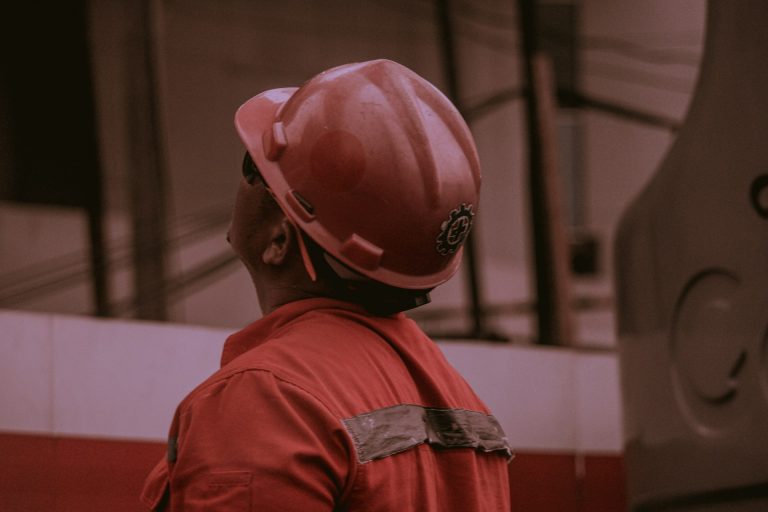- Mining output up 27.9% in August 2025
- Industrial sector expands 8.3% year-on-year
KIGALI, RWANDA – Rwanda’s mining and quarrying sector powered an industrial surge, leading an 8.3% increase in formal sector output in August 2025 compared with the same period a year earlier, official data shows.
The National Institute of Statistics of Rwanda (NISR) said the sector recorded a remarkable 27.9% jump in production during the month, cementing its role as the main driver of the country’s accelerating industrial and economic growth. The annual average growth rate for industrial output stood at 6.8%.
Mining leads economic transformation
Rwanda’s economy is in the midst of structural transformation, shifting from its traditional reliance on agriculture and services toward industry-led growth. Mining and quarrying have emerged at the forefront of this evolution, showing strong resilience and new dynamism.
The Index of Industrial Production (IIP) for June 2025 had already signalled the upward trajectory, showing a 17.7% year-on-year increase in mining output. Over the same period, the overall formal sector output grew by 8.5%, with an annual average increase of 6.4%.
“The ripple effect of this growth is evident in the broader economic landscape. While the mining sector has historically been a smaller and more volatile contributor to GDP, its current double-digit growth is significantly boosting its economic impact,” the NISR said.
The expansion is not only lifting national GDP figures but also improving Rwanda’s trade balance by increasing export volumes. The industry sector, which includes mining, expanded by 9% in the first quarter of 2025, helping to push total GDP growth to 7.8%.
Reform and diversification underpin gains
Rwanda’s mining sector has rebounded strongly from a period of stagnation, propelled by reforms such as mechanisation, professionalisation of operations, and adoption of responsible, environmentally friendly practices. The government’s emphasis on exploration and improved geological mapping has further strengthened the sector’s foundations.
In 2024, Rwanda recorded $1.75 billion in mineral export revenues. The country aims to reach $2.17 billion by 2029 under its National Strategy for Transformation (NST2), positioning mining as a key pillar of sustainable economic diversification.
Beyond mining, other industrial activities also showed robust growth. Manufacturing output rose 11.2%, driven by a 49.6% surge in non-metallic mineral products and an 18.2% increase in the production of metal products, machinery, and equipment. However, food processing fell by 6.2%, offsetting some of the gains.
As Rwanda advances its transformation agenda, the mining and quarrying sector stands out as a powerful symbol of industrial progress – a non-traditional growth engine reshaping the country’s economic future.
